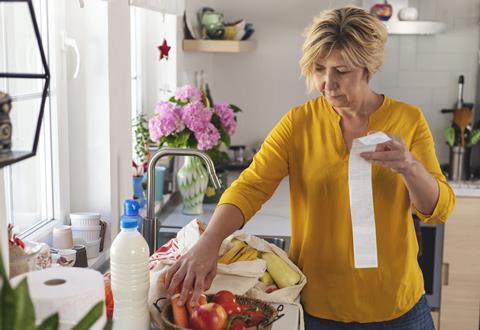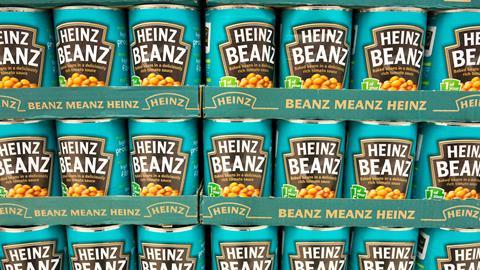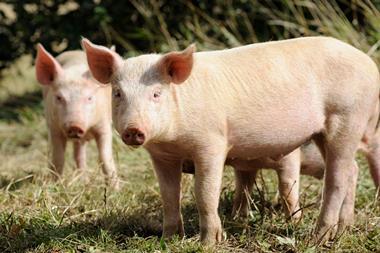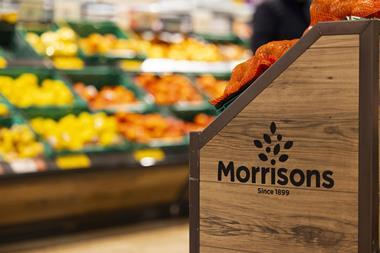Despite catching a few ‘bad guys’, the CMA’s report clears food manufacturers of the profiteering accusations levelled at them
In January, when then Tesco chairman John Allan told the BBC’s Laura Kuenssberg it was “entirely possible” suppliers were exploiting inflation to boost profits, it set the tone for a year of incendiary accusations of profiteering.
But this week’s second report from the Competition & Markets Authority on the matter, on the surface at least, suggests those claims are well wide of the mark.
Headlines have been dominated by its findings that some branded suppliers – including baked bean manufacturers and baby formula producers – have been pushing up prices by more than their costs have risen.
But on more detailed inspection, as with the CMA’s July report focusing on retailers, it’s clear none of this had a meaningful impact on food prices.
The evidence shows the competition provided by supermarket own label means retailers have been able to ensure competitive pricing. Instead, the far bigger driver of inflation has been external events such as the war in Ukraine.
Indeed, the report makes clear that even within the categories “named and shamed” in the document, profit margins were not above the ordinary – though some brands have been able to keep prices high by virtue of being considered “must stock” items by retailers, such as Heinz beans.
And when prices go up, finds the report, shoppers have been voting with their feet.
But the report still leaves a bad taste for many, and some believe it could have damaging repercussions for suppliers.

Wake-up call
“It may have made good headlines but the CMA has completely missed the point,” claims Ged Futter, founder of The Retail Mind. “What this report highlights is the low level of profitability in the industry.
“It should be a wake-up call to the fragility of our food supply chain. Suppliers are living on a knife-edge.”
Ready meals, bread, chilled deserts, lemonade, milk and poultry are just some of the categories in which the report finds supplier margins are low and getting lower.
Which leaves some asking why the CMA continues to perpetuate suggestions of profiteering.
“The regulator has an important responsibility in protecting the British consumer from the potential worst abuses of the free market, but in more recent times it has arguably become a puppet of the domestic politician,” says Shore Capital analyst Clive Black.
“The CMA has become involved in examining the everyday workings of the system, seemingly hoping that naming and shaming will lead to changes in behaviour. Such an approach, however, has economic consequences.”
Black claims the CMA risks deterring financial investment in the food industry just at the time it needs it most. It is the “polar opposite” of the role it ought to provide, he argues.
Andrew Taylor, a former senior director at the Competition Commission and now partner at Aldwych Partners, believes the report may have other unintended economic consequences.
“Food manufacturers and their advisers will be looking closely at these findings and their potential implications for future M&A activity,” he says.
“In many past merger reviews, the CMA has concluded that own label supply is a relatively weak competitive constraint to branded products and has opposed proposed mergers on this basis.
“Suppliers will be interested to see whether the CMA’s findings in this update report could change that approach.”
The CMA insists the process has been worthwhile, though it acknowledges it is not a “profit or price regulator”.
Tom Smith, former CMA director turned competition lawyer at Geradin Partners, says the reassurance provided by the report itself vindicates the work. “The report is a very neat example of how competition works,” he says. “Where consumers have good alternatives, they are able to switch their custom and punish brands who are trying to raise their profit levels.
“However, where consumers are not able to switch because there are only two main brands, and those brands have market power, consumers find themselves forced to overpay.
“The CMA hasn’t found huge, widespread problems. However, the CMA has found a bad guy – the infant formula brands.”

Loyalty probe
Despite not finding a smoking gun, at least in the main food and drink sectors, the CMA is not finished yet.
As well as a further probe into baby formula, it announced it would now look into supermarket loyalty cards, amid concerns some shoppers are unable to take advantage of schemes. It includes revisiting the issue of consumers who live away from major supermarkets, in so-called “food deserts”.
The Grocer has learned this could also explore the rise of Aldi price match schemes. Fears have previously been expressed that they may have the unintended consequences of keeping prices locked at higher levels than would otherwise have been the case under normal market forces.
Once again, such an intervention will be controversial, with loyalty cards and matching being the key tools used by many supermarkets to offer low prices in the past year.
Meanwhile, the regulator is promising a further report focusing on retailer profit margins in the spring, having mentioned in its summer report that some had expressed an intention to increase margins in 2023/24.
It is likely to prompt more outrage from those who say this is not what the CMA exists to prevent.




















1 Readers' comment